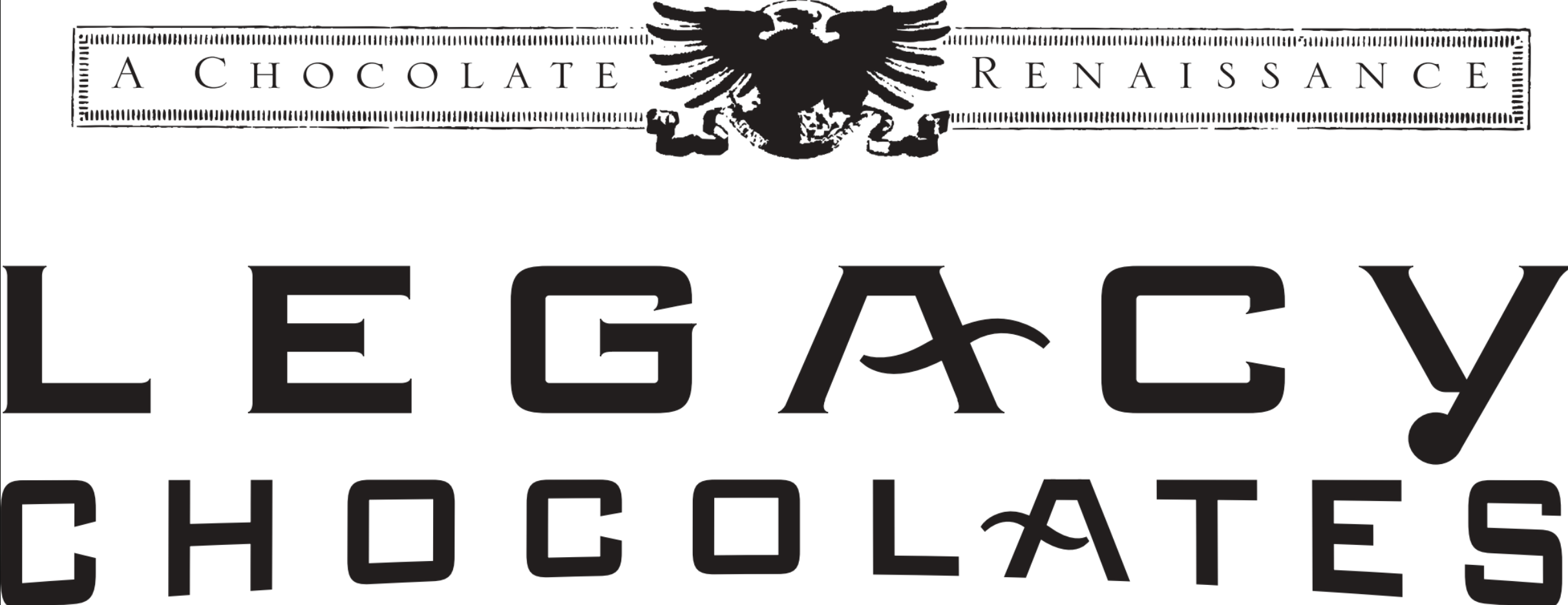Christopher Columbus was spellbound by this new elixir, and he first presented cacao beans to the Spanish royal court in 1502. Explorer Hernan Cortés brought the Aztec cocoa drink back to Spain, and adapted it by heating and adding cane sugar, vanilla, and cinnamon to make it more agreeable to the European palate. Wealthy patrons grew a taste for this hot chocolate, which stoked demand and led Spanish colonizers to plant even more cacao trees in Ecuador, Venezuela, Peru, and Jamaica, in order to ensure an ample supply of beans.
Spanish monks were trusted with the processing of cocoa beans, and the recipe spread when they discussed cocoa with their French counterparts. In 1580, the first cocoa processing plant was established in Spain, and from there, it did not take long before chocolate was promoted throughout Europe as a delicious, health-giving drink. Chocolate drinking spread across the English Channel to Great Britain, and in 1657 the first of many famous English chocolate houses appeared.
With the introduction of the steam engine came mechanized cocoa grinding, which drove down costs and increased production, such that by 1730 cocoa was within financial reach of all. The Dutch invention of the cocoa press in 1828 was another major breakthrough in production. This not only helped reduce prices further, but also improved the quality of the beverage. By squeezing out about half of the cocoa butter (a naturally-occurring fat) from the ground-up beans, the process left behind a cake-like residue that could be further processed into a fine powder which was easier to drink. Now chocolate had more of the smooth consistency and recognizable flavor we enjoy today.
The 19th Century featured two more developments in the production of chocolate. In 1847, an English company introduced the first solid eating chocolate made by combining melted cocoa butter with sugar and cocoa powder. This chocolate had a velvety texture and quickly replaced the old coarse-grained chocolate. The second development occurred in 1876 in Switzerland, when Daniel Peter devised a way of adding milk to chocolate, creating the product we all know as milk chocolate.
Come experience the history of chocolate as it evolves with us at Legacy Chocolate today - we offer European-style eating and drinking chocolates, right here in St Paul, Minnesota.




